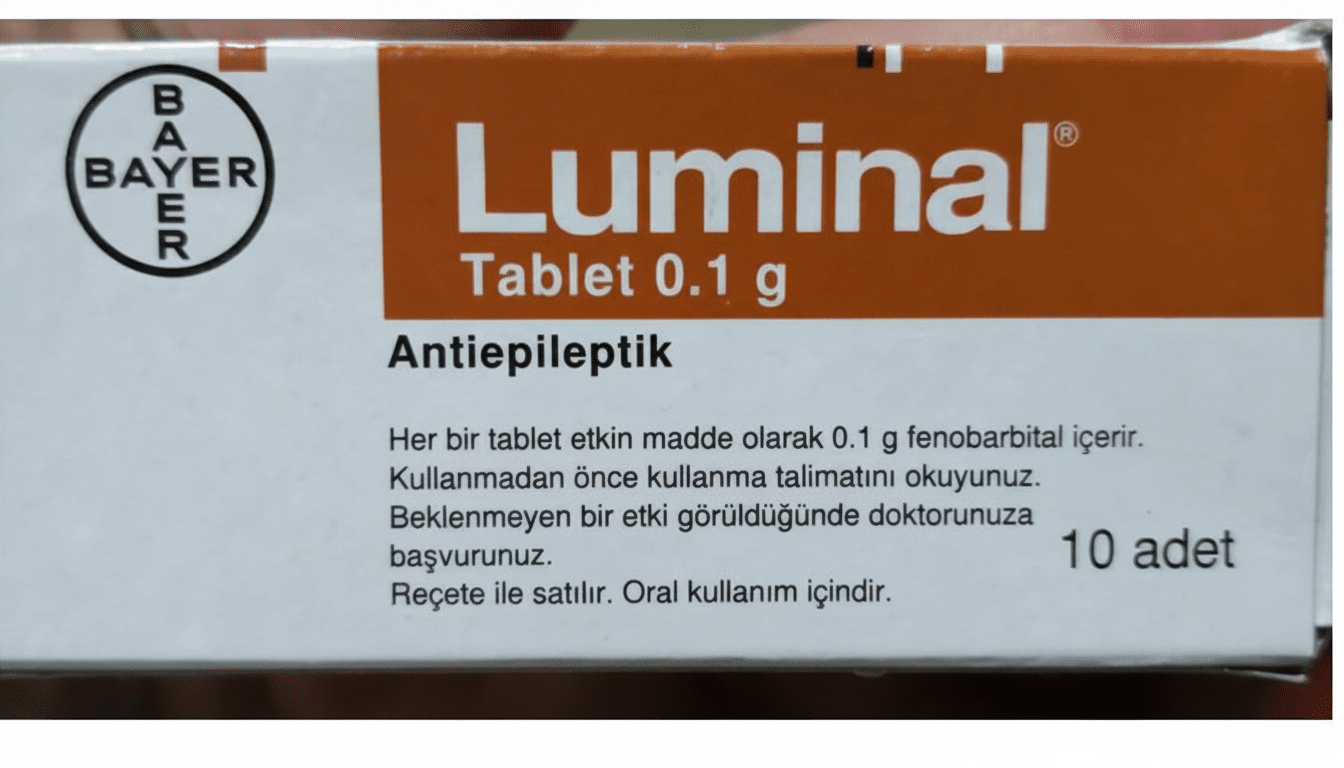Luminal has raised $5.3 million in seed funding to take on one of the least glamorous yet potentially lucrative parts of AI: the parsing, and reducing, of millions of pounds of dusty data into a form that future deep learning models that will power driverless cars or automated health care systems or whatever can not only understand but make relatively precise decisions from.
Funded by Felicis Ventures, with additional investments from high-profile angels Paul Graham, Guillermo Rauch and Ben Porterfield, the company is creating a next-generation compiler and runtime optimized for maximizing the throughput of today’s rare and expensive accelerators.

Founded by former Intel chip architect Joe Fioti, and co-developers Jake Stevens from Apple and Matthew Gunton from Amazon, Luminal graduated Y Combinator’s Summer 2025 batch with a straightforward pitch: sell compute like the new wave of GPU clouds, but deliver far more performance per dollar through compiler-level optimization.
Why the Compiler Is Suddenly Interesting Again
GPUs make headlines, but compilers determine how efficiently they’re used. The de facto standard across the industry is still Nvidia’s CUDA stack, an unsung pillar of its data center empire. The gap in performance across software stacks isn’t academic: MLPerf and vendor benchmarks consistently show 1.5× to 2× swings in throughput due to graph-level optimizations, kernel fusion, precision choice and memory scheduling.
With the demand for GPUs soaring and supply low, those swings come out of your wallet. Analysts estimate that inference is responsible for up to 70–90% of AI compute expenditure in production (far exceeding training across a model lifecycle). I found it intriguing that compute requirements for the cutting-edge models are apparently doubling every few months according to Stanford HAI’s AI Index, but both energy and capital budgets are under increasing scrutiny. Any piece of software that can crack a double-digit efficiency gain becomes strategic infrastructure.
Luminal’s bet is that you can optimize the layer between model code and the GPU, rather than requiring teams to hand-tune each kernel. Anticipate a focus on kernel fusion, operator reordering, memory coalescing, autotuning across batch sizes and aggressive use of mixed precision—all techniques with well-known successes in systems like PyTorch 2.0’s Inductor, TensorRT-LLM and Apache TVM. The aim: more tokens per second and less necessary latency without having to rewrite models from scratch.
The Other Approach to the GPU Cloud from Luminal
Similar to CoreWeave and Lambda, Luminal charges for access to accelerators. The distinction is in the positioning: instead of just renting GPUs out, the company is promising better performance-per-dollar by tuning around customers’ models; they’re going to target their compiler, scheduler and runtime at that sweet spot. In concrete terms, this can mean managing larger context over the same memory footprint, fielding more concurrent requests on a fixed pool or reducing time-to-first-token for low-latency workloads.
While CUDA continues to be proprietary, some of the surrounding ecosystem (including LLVM’s NVPTX backend and Nvidia’s open-sourced CUTLASS library) has been opened up or is at least extensible.

There’s also a maturing ecosystem around alternatives like OpenAI’s Triton, Google’s XLA/MLIR and AMD’s ROCm. Luminal is in the process of building a best-of-breed toolchain that takes advantage of some of these advancements, yet remains familiar to customers in the broader CUDA world they live and work in.
A Crowded Field with High Stakes for GPU Optimization
Optimization specialists are multiplying. Inference providers like Baseten and Together AI focus on graph-level tuning and serving orchestration. Start-ups like Tensormesh and Clarifai are developing model-specific tricks and routing systems. At the other end, hyperscalers and labs cash in every improvement we bring to their side: they get to optimize deeply for their own model families, while Nvidia keeps lifting the bar with TensorRT-LLM and cuDNN improvements.
Luminal is betting that general-purpose compilers can garner most of the gains without months of one-off engineering. As Fioti has said, hand-tuned kernels might win the last mile, but a well-targeted compiler can take all of that except the final leg and it’s certainly not worth the effort—a cost which makes much more sense to teams shipping features weekly rather than yearly.
What Customers Should Expect from Luminal’s Stack
The most likely on-ramp is a drop-in runtime targeting PyTorch and ONNX graphs with automated passes for operator fusion, quantization-aware scheduling and memory planning. For LLMs, this could involve paged attention, KV-cache compression, speculative decoding and kernel autotuning tuned to specific GPUs. For vision and multimodal stacks, anticipate batched pipelines that reduce host-device transfers and maximize tensor reuse.
Precedent in real life suggests that the prize is serious. Engineering teams that switch to Triton or TVM from other state-of-the-art ML deployment solutions often see 20–50% efficiency improvements on commonly used models and workloads, with model-specific libraries able to do even better. Packaging those gains that Luminal mentions in a managed serving environment could allow customers to effectively “mint” capacity without being forced to grow their clusters—which seems an appealing feature in the middle of GPU shortages!
The Bigger Picture For AI Infrastructure
As models get bigger, the bottleneck is now more memory bandwidth and data movement than raw FLOPs. It is compiler-driven systems that minimize transfers and maximize locality that can dull those constraints, however, enabling the capex to be deferred. Which is why investors are swooping on software able to multiply throughput from existing silicon rather than chip generation pace.
And with $5.3 million in funding and a team of founders who are coated in hardware and systems experience, Luminal joins a class attempting to turn software into the force multiplier for GPUs. If it can translate compiler science into predictable performance-per-dollar gains on a chaotic continent of models, the company will have found one of artificial intelligence’s most lasting value pools (the part that makes the hardware really sing).

